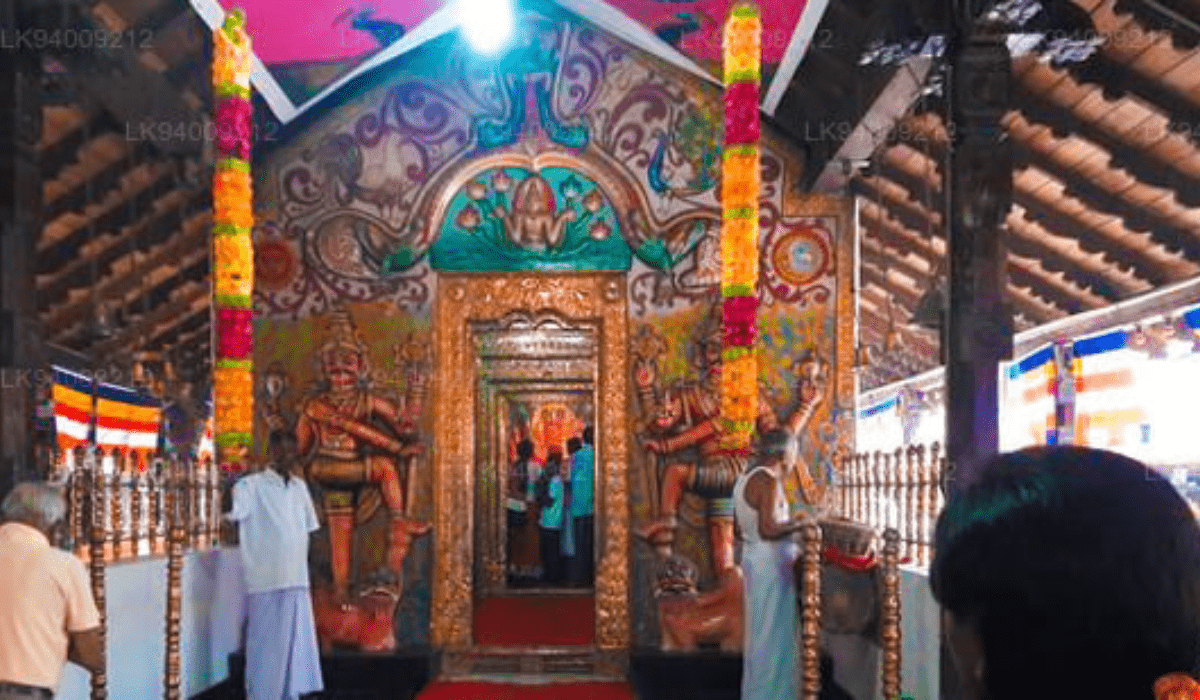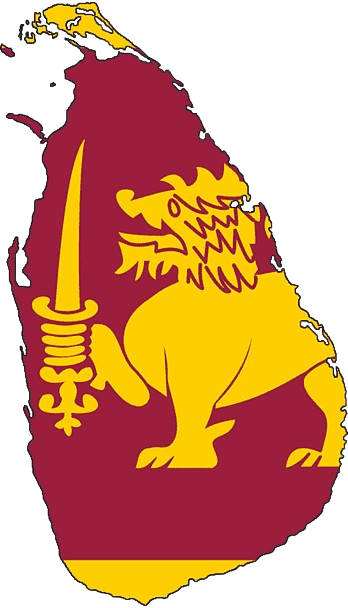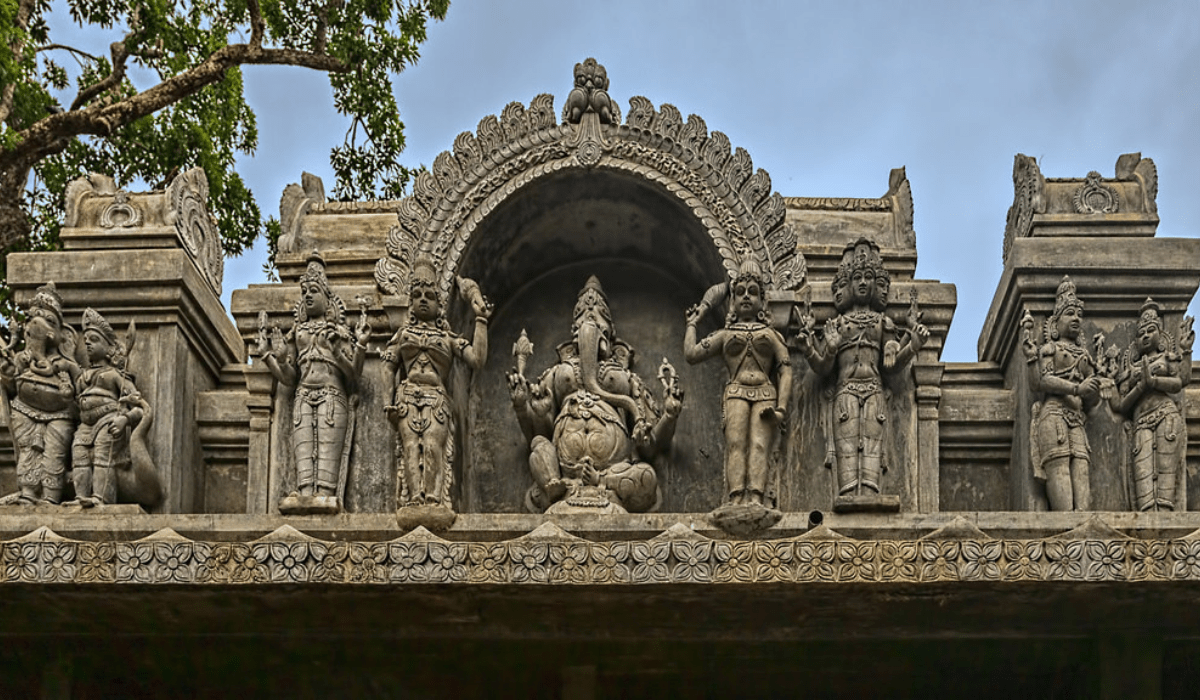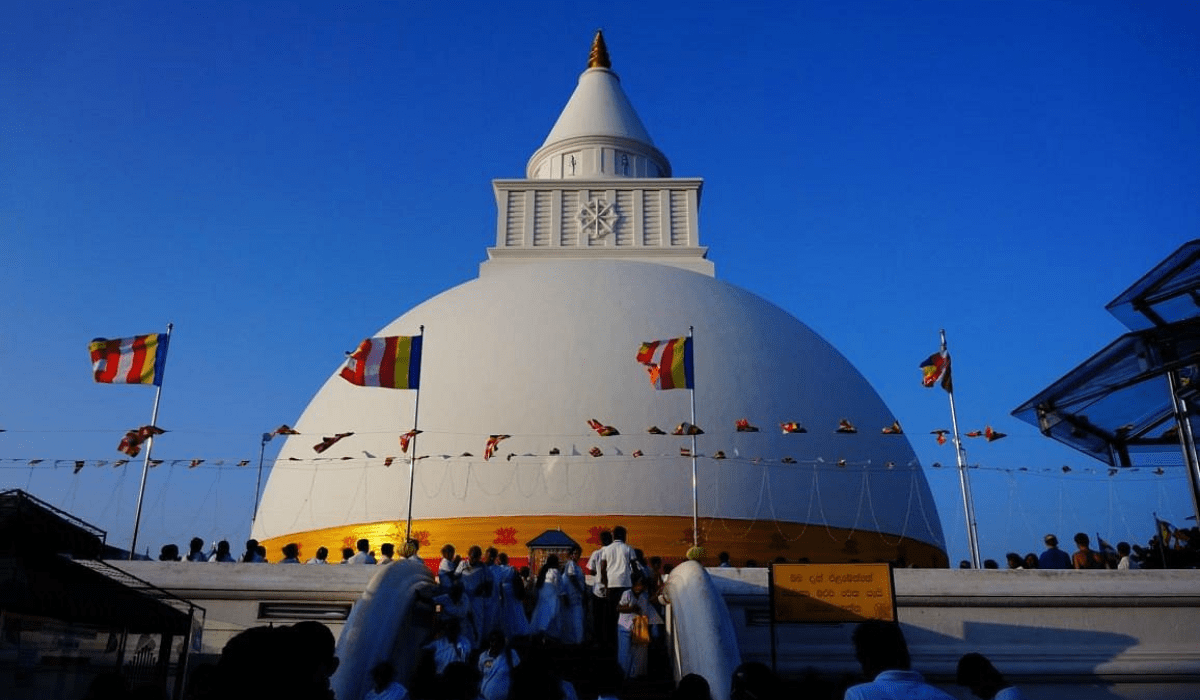Nestled in the picturesque region of Sella Katharagama, the Ganesh Kovil is one of Sri Lanka’s most revered and iconic temples. Dedicated to Lord Ganesh, the elephant-headed deity known as the remover of obstacles, this temple holds immense historical, cultural, and religious significance. The Ganesh Kovil, Sella Katharagama is not only a vital spiritual destination for Hindus but also a fascinating site for tourists seeking to delve into Sri Lanka’s rich heritage and traditions. This comprehensive article explores the temple’s historical background, heritage value, traditional beliefs associated with Lord Ganesh, and its appeal as a tourist destination.
Historical Background
The Ganesh Kovil in Sella Katharagama is steeped in history, with roots that trace back to ancient times. The temple’s origin is closely linked to the broader religious and cultural landscape of Katharagama, a sacred town revered by Buddhists, Hindus, and indigenous Vedda communities. While the exact date of the temple’s establishment remains unclear, historical records and local legends suggest that the Ganesh Kovil has been a place of worship for centuries.
The temple’s historical significance is further highlighted by its association with the ancient kings and dynasties of Sri Lanka. According to local lore, the temple was patronized by the kings of the Ruhuna Kingdom, who considered Katharagama a vital spiritual center. Over the centuries, the Ganesh Kovil has undergone numerous renovations and expansions, reflecting the evolving architectural styles and devotional practices of the region.
Heritage Value
The Ganesh Kovil, Sella Katharagama holds immense heritage value as a symbol of Sri Lanka’s religious diversity and cultural harmony. It is a testament to the island’s long-standing tradition of religious tolerance and coexistence, where multiple faiths converge in mutual respect and reverence.
- Architectural Significance: The temple’s architecture is a blend of Dravidian and Sinhalese styles, featuring intricate carvings, vibrant murals, and elaborate gopurams (tower gateways). The sanctum sanctorum houses the idol of Lord Ganesh, adorned with garlands and offerings from devotees. The temple complex also includes shrines dedicated to other deities, reflecting the inclusive nature of Hindu worship.
- Cultural Symbolism: The Ganesh Kovil is a cultural landmark that embodies the rich traditions and artistic heritage of Sri Lanka. The temple’s festivals, rituals, and ceremonies are a vibrant display of the island’s cultural diversity, attracting devotees and tourists from various backgrounds.
- Conservation Efforts: Recognizing its cultural and historical significance, efforts have been made to preserve and restore the Ganesh Kovil. These initiatives aim to maintain the temple’s structural integrity and aesthetic beauty, ensuring that future generations can continue to appreciate its heritage value.

Traditional Beliefs on Lord Ganesh
Lord Ganesh, also known as Ganesha or Vinayaka, is one of the most widely worshipped deities in Hinduism. Revered as the remover of obstacles and the god of beginnings, wisdom, and prosperity, Ganesh holds a special place in the hearts of devotees. The Ganesh Kovil, Sella Katharagama is a focal point for these traditional beliefs, serving as a sanctuary for spiritual seekers and devotees.
- Symbolism and Attributes: Lord Ganesh is easily recognizable by his elephant head, which symbolizes wisdom, strength, and intellectual prowess. His large ears represent the importance of listening, while his trunk signifies adaptability and efficiency. The potbelly of Ganesh symbolizes the bounty of nature and the ability to digest both good and bad experiences in life.
- Rituals and Offerings: Devotees at the Ganesh Kovil perform various rituals and offer a wide range of items, including flowers, fruits, sweets (especially modak, Ganesh’s favorite), and coconuts. Breaking a coconut in front of the deity is a common practice, symbolizing the breaking of the ego and the unveiling of the pure soul within.
- Festivals: The Ganesh Kovil is the epicenter of grand celebrations during festivals such as Ganesh Chaturthi. This ten-day festival marks the birth of Lord Ganesh and features elaborate rituals, processions, and cultural performances. Devotees from across Sri Lanka and beyond flock to the temple to partake in the festivities, seeking blessings for prosperity and success.
The Ganesh Kovil as a Tourist Destination
The Ganesh Kovil, Sella Katharagama is not just a spiritual haven but also a major tourist attraction, offering a unique blend of religious, cultural, and natural experiences. Visitors are drawn to the temple for various reasons, ranging from spiritual fulfillment to architectural admiration and cultural exploration.
- Scenic Location: Sella Katharagama is located in a picturesque setting, surrounded by lush greenery, rolling hills, and serene water bodies. The tranquil environment enhances the spiritual ambiance of the Ganesh Kovil, making it an ideal destination for meditation and reflection.
- Cultural Experience: Tourists visiting the Ganesh Kovil have the opportunity to immerse themselves in the vibrant cultural tapestry of Sri Lanka. The temple’s daily rituals, colorful festivals, and traditional music and dance performances offer a glimpse into the rich cultural heritage of the island.
- Historical Exploration: History enthusiasts will find the Ganesh Kovil fascinating due to its ancient origins and historical significance. Guided tours and informational plaques provide insights into the temple’s past, its architectural evolution, and the legends associated with it.
- Architectural Marvel: The temple’s intricate design and vibrant decorations are a visual delight for architecture aficionados. The blend of Dravidian and Sinhalese architectural styles, along with the detailed carvings and colorful murals, make the Ganesh Kovil a must-visit for those interested in historical architecture.
- Local Interaction: Visiting the Ganesh Kovil allows tourists to interact with the local community, gaining a deeper understanding of their customs, traditions, and way of life. This interaction fosters cultural exchange and promotes a sense of unity and respect among diverse groups.
- Pilgrimage and Spiritual Tourism: For many visitors, the Ganesh Kovil is a place of pilgrimage where they seek spiritual solace and divine blessings. The temple’s serene atmosphere and the devotional activities provide a spiritually enriching experience, attracting pilgrims from all over the world.
Nearby Attractions and Activities
The Ganesh Kovil, Sella Katharagama is located in a region rich with other attractions and activities, making it an excellent base for exploring the broader area. Here are some nearby sites and experiences that tourists can enjoy:
- Kataragama Temple Complex: Just a short distance from the Ganesh Kovil, the Kataragama Temple Complex is a multi-religious site sacred to Buddhists, Hindus, and Muslims. It is home to the Kataragama deity, a popular figure in Sri Lankan mythology and religion.
- Yala National Park: For nature and wildlife enthusiasts, Yala National Park is a must-visit destination. Known for its leopard population, Yala offers safari tours where visitors can spot a variety of wildlife, including elephants, crocodiles, and numerous bird species.
- Tissamaharama: This ancient town is home to several historical sites, including the Tissa Wewa, a large artificial lake built by early kings of Sri Lanka, and the Tissamaharama Raja Maha Vihara, an important Buddhist temple.
- Scenic Hiking Trails: The area around Sella Katharagama offers numerous hiking trails that take visitors through lush forests, scenic hills, and beautiful landscapes. These trails provide an excellent opportunity for outdoor activities and nature exploration.
- Local Markets and Cuisine: Exploring the local markets is a great way to experience the flavors and crafts of the region. Visitors can enjoy traditional Sri Lankan cuisine, buy local handicrafts, and interact with local vendors.
Planning Your Visit
When planning a visit to the Ganesh Kovil, Sella Katharagama, it is essential to consider the following tips to ensure a smooth and enjoyable experience:
- Best Time to Visit: The temple is open year-round, but the best time to visit is during the festive season of Ganesh Chaturthi, which usually falls in August or September. The weather is also pleasant during this time, making it ideal for outdoor activities.
- Dress Code: As a place of worship, it is important to dress modestly. Visitors should cover their shoulders and knees and remove their shoes before entering the temple premises.
- Respectful Behavior: Visitors should maintain a respectful demeanor, avoid loud conversations, and follow the temple’s guidelines and rules. Photography may be restricted in certain areas, so it is advisable to seek permission before taking pictures.
- Local Guides: Hiring a local guide can enhance the experience by providing valuable insights into the temple’s history, architecture, and cultural significance.
- Accommodation: Sella Katharagama and the surrounding areas offer various accommodation options, ranging from budget guesthouses to more luxurious hotels. Booking in advance is recommended, especially during the festive season.
Conclusion
The Ganesh Kovil, Sella Katharagama stands as a symbol of Sri Lanka’s rich religious and cultural heritage. This iconic temple dedicated to Lord Ganesh offers a unique blend of spirituality, history, and architectural beauty. Whether you are a devotee seeking spiritual fulfillment, a history enthusiast exploring ancient sites, or a tourist eager to experience Sri Lanka’s diverse culture, the Ganesh Kovil promises an enriching and unforgettable experience.
As you plan your journey to this remarkable temple, remember that the Ganesh Kovil, Sella Katharagama is more than just a tourist destination. It is a place where tradition, devotion, and cultural harmony come together, offering a profound glimpse into the soul of Sri Lanka. So, embark on this spiritual and cultural adventure and let the magic of the Ganesh Kovil, Sella Katharagama captivate your heart and mind.



